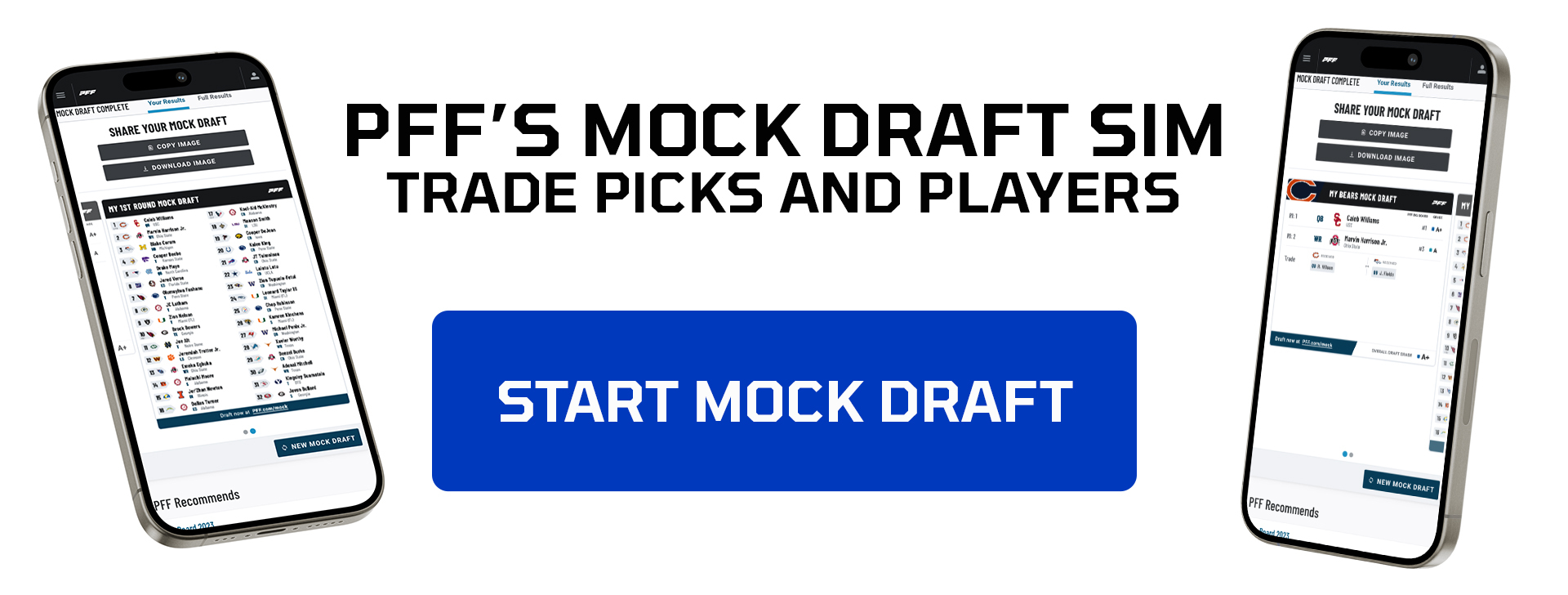
If you've had your eye on the real estate market, you may wonder what it means when a home is listed as "pending" or "contingent." Here, we'll discuss what a contingent listing is and how it differs from a pending sale. As we navigate today's red-hot housing market, buyers owe it to themselves to understand everything there is to know about a home sale.
Pending vs. contingent home sales
The difference between pending and contingent is that a pending home is under contract. There is an accepted offer, all contingencies have been met, and all parties are confident that it's on its way to closing.
There is no law that prevents you from making an offer on a home listed as pending, but that's only if they're accepting backup offers (more on those in a moment). If there's a house you love but it's listed as pending, ask your real estate agent to find out if the seller is still accepting offers.
Don't get your hopes up too high, though. A property with a pending status is normally much further along than a property listed as contingent. Backup offers are not always accepted.
When a home is labeled "contingent," it means that the seller has accepted an offer but is waiting for all contingencies to be met. While some buyers in today's market are willing to skip contingencies (which is a terrible idea), they are the norm in a typical market. Here's a breakdown of common contingencies requested by buyers.
Financing
If a buyer is taking out a mortgage on a property, they may ask for a financing contingency that allows them to back out of the deal if their financing falls through.
For example, if a buyer loses their job shortly after making an offer on a home, it's doubtful that a bank will still loan them money. Financing may also come off the rails during the underwriting process -- when mortgage lenders take a deep dive into finances to make sure the borrower can repay the loan.
Say the underwriters find unreported debt during underwriting. They may deny the loan request, even if the buyer has been pre-approved. Having a financing contingency in place ensures that a buyer will receive their earnest money back if the deal falls through due to financing.
Appraisal
Buyers taking out a mortgage are required to pay for a home appraisal before the lender disburses funds. This is to protect the lender from making a loan for more than the property is worth.
Let's say a buyer makes an offer of $325,000 for a home, but the appraisal comes in at $275,000. Because the mortgage company can only lend up to fair market value, that leaves a difference of $50,000. If the borrower has $50,000 of their own that they can use to close the gap, the deal can proceed. If, however, they don't have those funds lying around, the appraisal contingency gives them an out -- a way to break the deal and keep their earnest money.
Inspection
A house may look perfect during a tour but hide a host of problems. An inspection contingency gives a buyer the opportunity to have a home inspection conducted by a professional. That way, hidden problems can be uncovered and the buyer can either renegotiate the deal with the seller or walk away without penalty.
Title
A title not only shows who legally owns the property, but also includes any record of liens or judgments made against the property.
Let's say the previous homeowner hired a contractor to refinish the basement. The contractor finished their work, but the homeowner skipped out on making the final payment due on the project. The contractor's only course of action was to put a lien on the property, which means it can't be sold without the contractor receiving their pay. A title contingency allows a homebuyer to get out of a deal that is encumbered by liens or judgments.
Home sale
One final type of contingency is the home sale contingency. At one time it was a common contingency, but today is more likely to be a deal-killer.
What it says is essentially, "I want to buy your home, but need to sell my own property first. If I don't sell my house within a certain timeframe, I can back out of a home purchase agreement and walk away with my earnest deposit." Not surprisingly, most sellers pass on offers that include a home sale contingency.
Pending subcategories
Each status -- pending and contingent -- has subcategories that better tell the story. It's which subcategory the status is in that determines whether a potential buyer can make a backup offer. Here are the subcategories for pending home sales.
Taking backups
This means that the seller is accepting backup offers in case the pending home sale falls through. Sometimes, a pending sale allows a buyer to make backup offers but does not allow them to tour the home. It's important to check with an agent before deciding whether to proceed.
Short sale
A short sell takes place when a homeowner is in financial trouble and sells their property for less than owed on the mortgage. The original lender receives proceeds of the sale and either forgives the difference or seeks a judgement against the homeowner, legally requiring them to pay the difference between the sales prices and how much was owed.
A home listed as pending short sale means that the homeowner is going through the short sale process with the lender. Because it's listed as pending, it likely means that the process is relatively far along. Still, sellers appreciate a backup offer because of the length of the approval process and how many things can go wrong in that time for the original buyer.
No show
This subcategory tells a buyer that the seller has accepted an offer, contingencies have been resolved, and they are not entertaining other offers.
More than 4 months
When a listing has been pending for more than four months, multiple listing service (MLS) automatically sets its status to "pending -- more than 4 months." It could mean one of two things. Either the listing agent forgot to change the status from "pending" to "sold," or the sale is taking longer than normal to tie up. There is little chance that backup offers would be accepted on a property that has been pending for more than four months.
Contingent subcategories
The following are subcategories for contingent home sales.
Continue to show (sometimes listed as CCS)
When a listing is marked as CCS, it likely means that an offer has been made, but there are contingencies that must be met first. New offers are actively accepted.
With a kick-out clause
When a property has a kick-out clause, that means the seller can continue showing the house and accepting offers during the contingency period. Then, if the seller receives a better offer from a new buyer, they have the right to give the original buyer a set period of time to remove their contingency or lose the house to the new buyer. Any time a kick-out clause is part of a real estate contract, it is solely meant to favor the home seller.
No show
When a seller has received an offer on their home and has decided that they're done showing the house and entertaining offers, the property may be marked "contingent -- no show."
Short sale contingent
As mentioned, a short sale takes place when a mortgage lender accepts less than is owed on a mortgage and either forgives the rest or goes to court to make the homeowner responsible. When a home is listed as short sale contingent, it means that the short sale is working its way through the system -- a process that can take months. Buyers can typically make a backup offer on a contingent short sale.
Probate
This subcategory is tied to a property that is being sold through an estate due to the death of the homeowner.
Making an offer on a pending or contingent home
Let's say a potential buyer is wild about a property currently listed as pending or contingent. The first thing they should do is find out if new offers are being accepted.
Making an offer on a pending home can be tricky. While a real estate agent can find out if a seller is interested in receiving another offer, the sale is far enough along that the odds are not in a new buyer's favor. Chances are the original sale will make its way to completion.
If a home is listed as contingent, a potential buyer may still be able to make an offer with the knowledge that the first offer accepted by the seller takes precedence. As long as contingencies associated with that first deal are satisfied, whoever made that offer will purchase the home. A backup offer only comes into play if the original deal falls through.
Given the current state of the market and the fact that an active listing can enter into pending or contingent status within hours, it's important to know what each listing status means. That way, a buyer can determine whether it's worth their time to look at a property that's already been snatched up.
Pending vs. Contingent Home Sales: What's the Difference? | The Ascent - Motley Fool
Read More

No comments:
Post a Comment